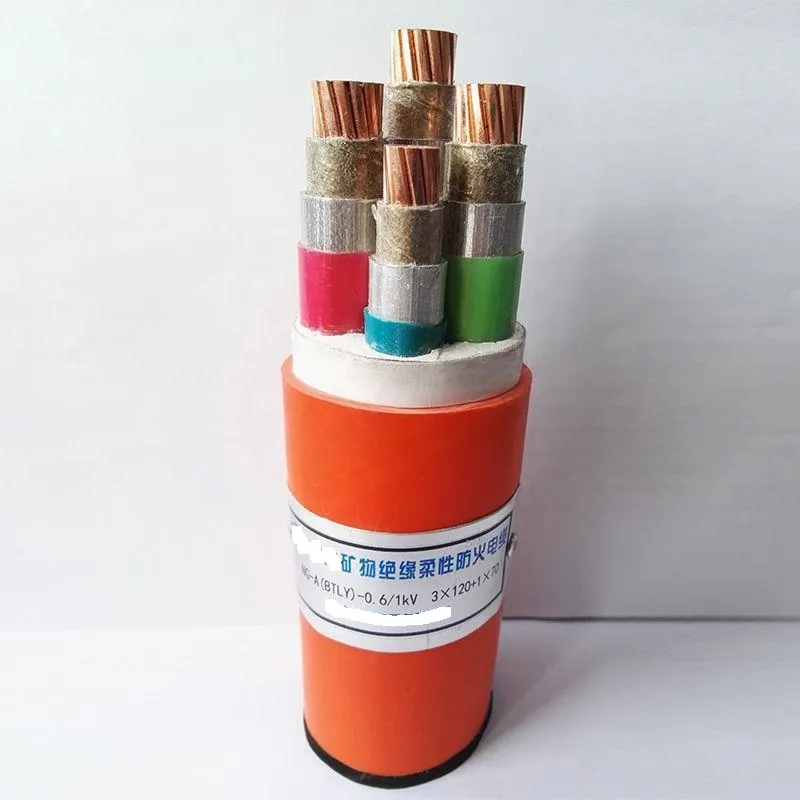Sep . 24, 2024 09:20 Back to list
Understanding the Functionality of Double Swing Check Valves in Fluid Systems
Understanding Double Swing Check Valves
Double swing check valves are essential components in various fluid systems, designed to prevent the backflow of liquids and ensure a smooth flow in one direction. They are particularly favored in applications where the pressure fluctuations can be significant, such as in water and wastewater systems, industrial processes, and pumping applications. This article delves into the functionality, design, advantages, and applications of double swing check valves.
Functionality and Design
The operation of a double swing check valve is quite simple yet effective. It consists of two hinged discs that pivot away from each other to allow fluid flow in one direction. When the flow reverses, the discs close together, effectively sealing off the pipe and preventing backflow. This mechanism is vital for protecting pumps and other equipment from damage that can occur due to back pressure.
The unique design of the double swing check valve allows for a minimal pressure drop across the valve compared to other types of check valves
. Each disc operates independently, which reduces wear and tear as they can absorb shock and vibrations better than a single-disc design. The components are typically made of robust materials, such as stainless steel, bronze, or ductile iron, ensuring durability and resistance to corrosion and wear.Advantages
Double swing check valves offer several advantages over traditional single-disc check valves. One significant benefit is their enhanced flow characteristics. Because both discs can open, they provide a higher flow capacity with less turbulence, making them an ideal choice for systems requiring large fluid volumes.
double swing check valve

Another advantage is their ability to handle various flow rates. The independent action of the discs allows for effective flow regulation, accommodating both low and high-pressure scenarios. This versatility makes them suitable for a wide range of applications.
Maintenance is also relatively straightforward with double swing check valves. They have fewer moving parts compared to other valve types, which means less potential for mechanical failure. Additionally, their design minimizes the risk of jamming or debris accumulation, further enhancing their reliability.
Applications
Double swing check valves find use in a multitude of industries and systems. In civil engineering, they are commonly installed in municipal water supply and sewage systems to protect pipelines and treatment facilities. In industrial settings, they are used in chemical processing, oil and gas applications, and boiler feedwater systems, where backflow could lead to contamination or process inefficiencies.
Furthermore, in fire protection systems, double swing check valves serve a critical role in maintaining pressure within the system, ensuring that water is readily available when needed. Their ability to cope with fluctuating pressures makes them an invaluable asset in these applications.
Conclusion
In summary, double swing check valves represent a vital component in fluid handling systems, providing reliable backflow prevention and efficient flow regulation. Their superior design, low maintenance needs, and adaptability to various industrial applications underscore their importance in today’s engineering and manufacturing landscapes. As industries continue to evolve, the role of double swing check valves will remain significant, ensuring safe and efficient fluid transport across a wide array of environments.
Share
-
Reliable Wafer Type Butterfly Valves for Every IndustryNewsJul.25,2025
-
Reliable Flow Control Begins with the Right Ball Check ValveNewsJul.25,2025
-
Precision Flow Control Starts with Quality ValvesNewsJul.25,2025
-
Industrial Flow Control ReliabilityNewsJul.25,2025
-
Engineered for Efficiency Gate Valves That Power Industrial PerformanceNewsJul.25,2025
-
Empowering Infrastructure Through Quality ManufacturingNewsJul.25,2025